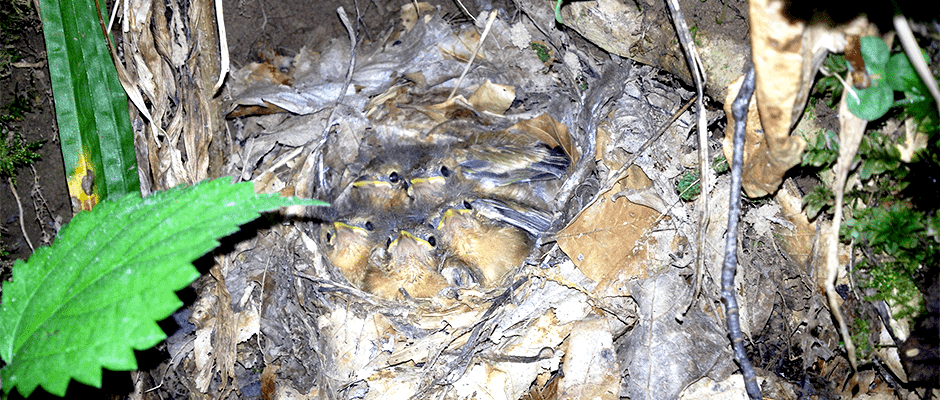Share this article
Study finds songbirds impacted by fracking
Louisiana waterthrushes (Parkesia motacilla), which specialize in nesting habitat among forested streams, are negatively impacted by nearby shale gas development, according to new research.
In a study published in The Condor: Ornithological Applications, researchers looked at the birds’ nest success in shale gas development areas in West Virginia. The industry began booming in 2008 in these areas, and the researchers began studying the birds in 2009.
Unlike other birds that might venture across several habitats, these birds use only areas by streams, said lead author Mack Frantz, a PhD candidate at West Virginia University and a TWS member. “Whatever happens to the streams happens to the birds. They are bioindicators.”
The researchers monitored waterthrush territories and nests along 14 headwater streams. They also used aerial photographs and satellite imagery along with ground-truthing to classify whether disturbances in or near the streams were related to shale gas development.
“It involved getting our feet wet, so to speak, in the streams,” Frantz said.
At the same time, the team was systematically monitoring nests to document whether they succeeded or failed and why. The team also mapped territory boundaries of individual birds on each stream.
Frantz and his colleagues found that as shale gas expanded in the study area, nest survival and productivity for Louisiana waterthrushes declined along with their habitat quality. They also found that the size of the birds’ territories increased, suggesting that the birds were going farther to find sufficient resources.
“I think they’re being affected on multiple fronts, both direct and indirect,” Frantz said. For example, he said, habitat degradation from shale gas development appears to be affecting their stream insect prey. Waterthrush may also be bioaccumulating chemicals like barium and strontium, two heavy metals that are associated with the drilling process. Other research also suggests an association between noise from gas compressors and changes in wildlife.
He hopes to continue studying the effects on the species, including looking for signs of endocrine disrupters in waterthrushes and their prey. He also plans to study how environmental stressors influence how genes in the birds express themselves.
Header Image: Louisiana waterthrush nestlings spend time in their nest near natural gas development. Researchers found natural gas development impacts the birds’ nesting success. ©Mack Frantz








